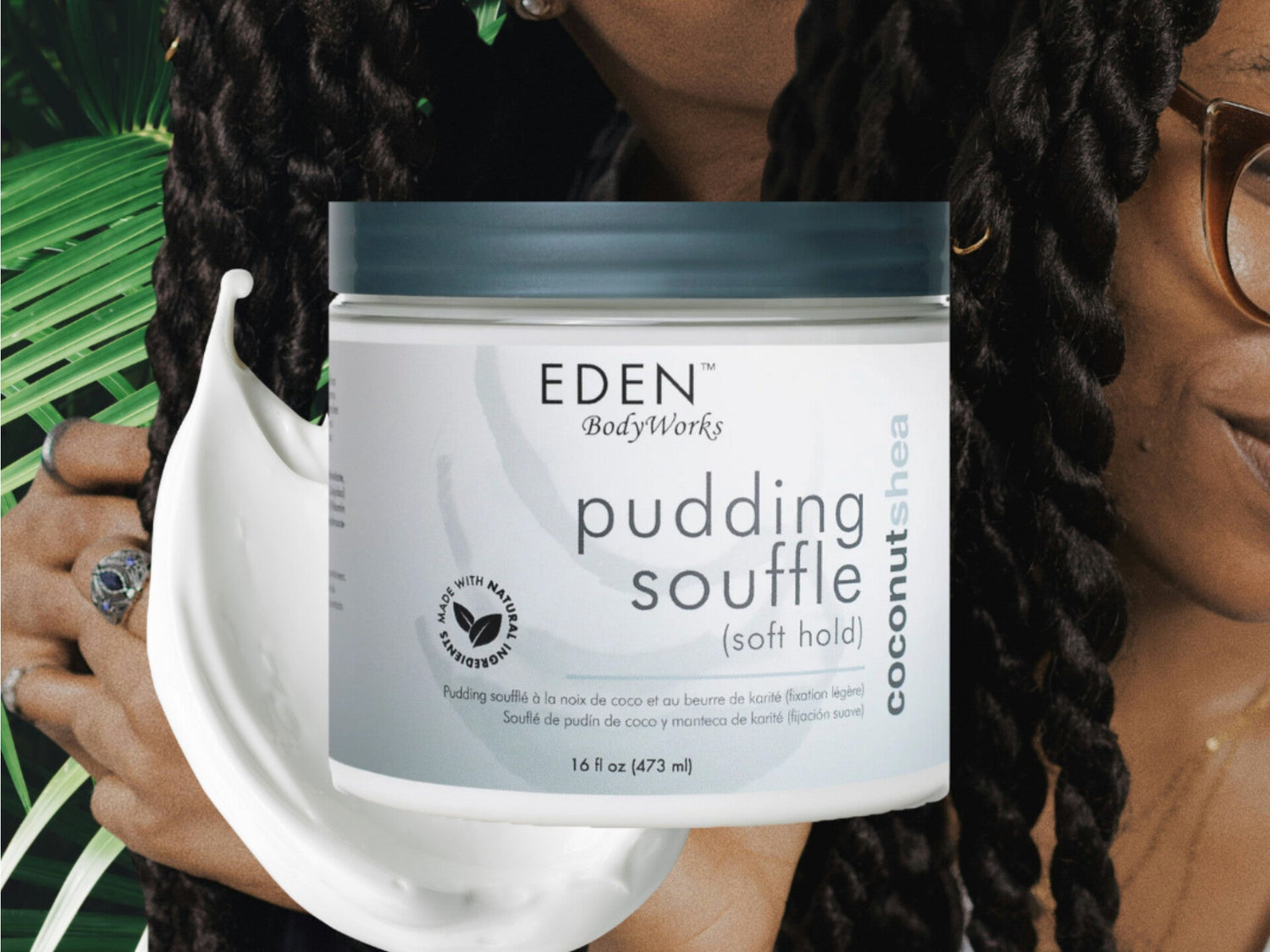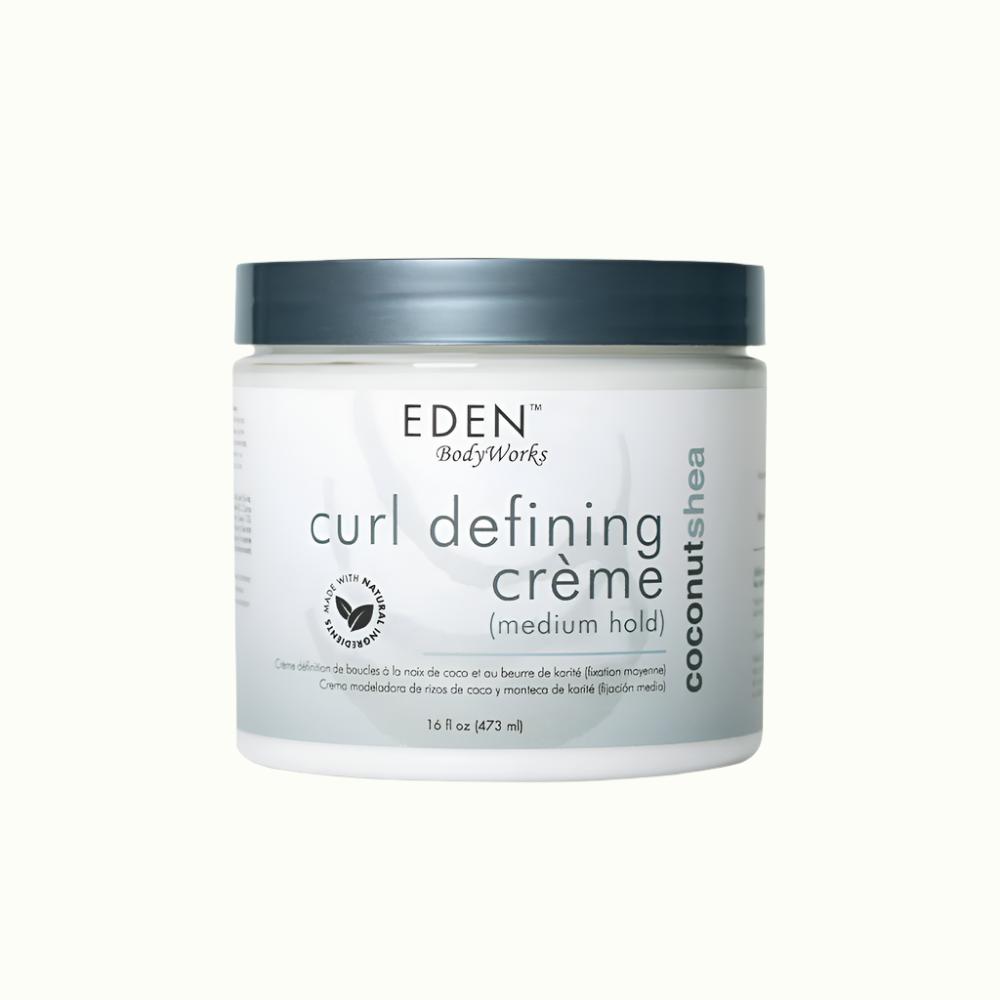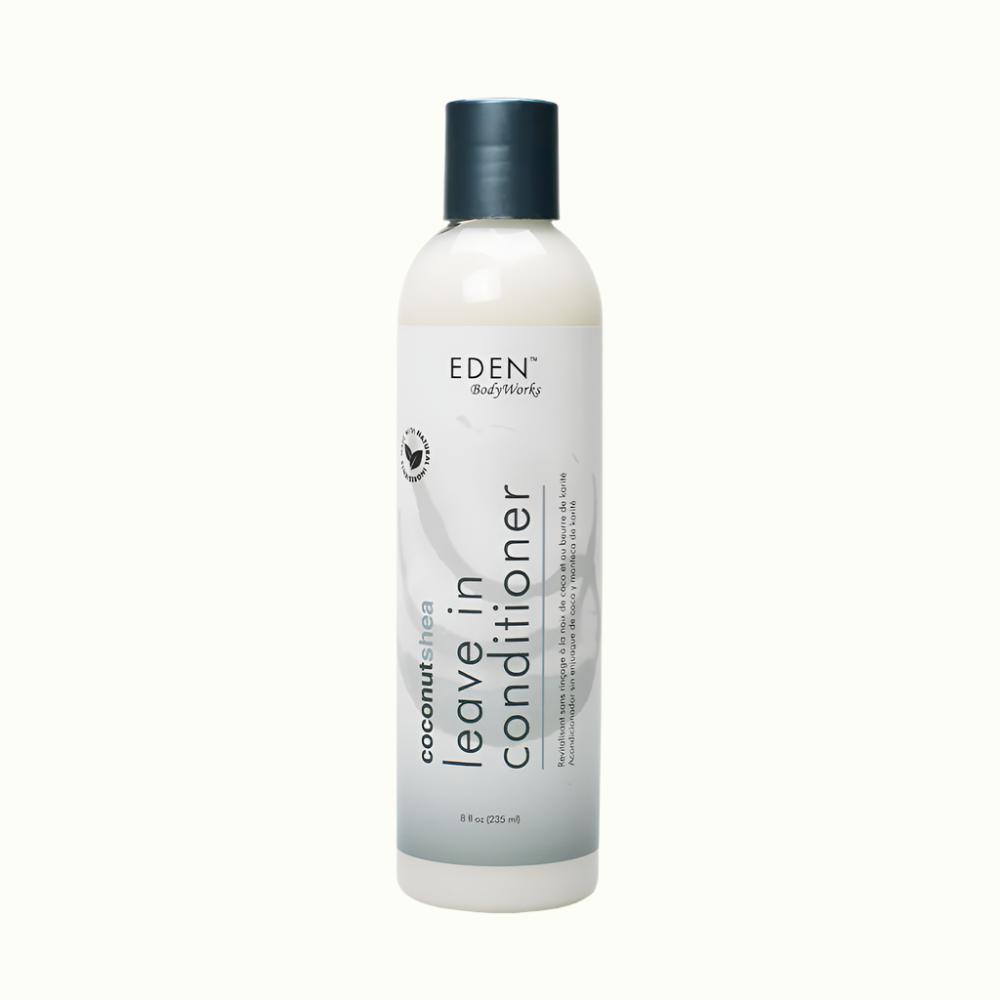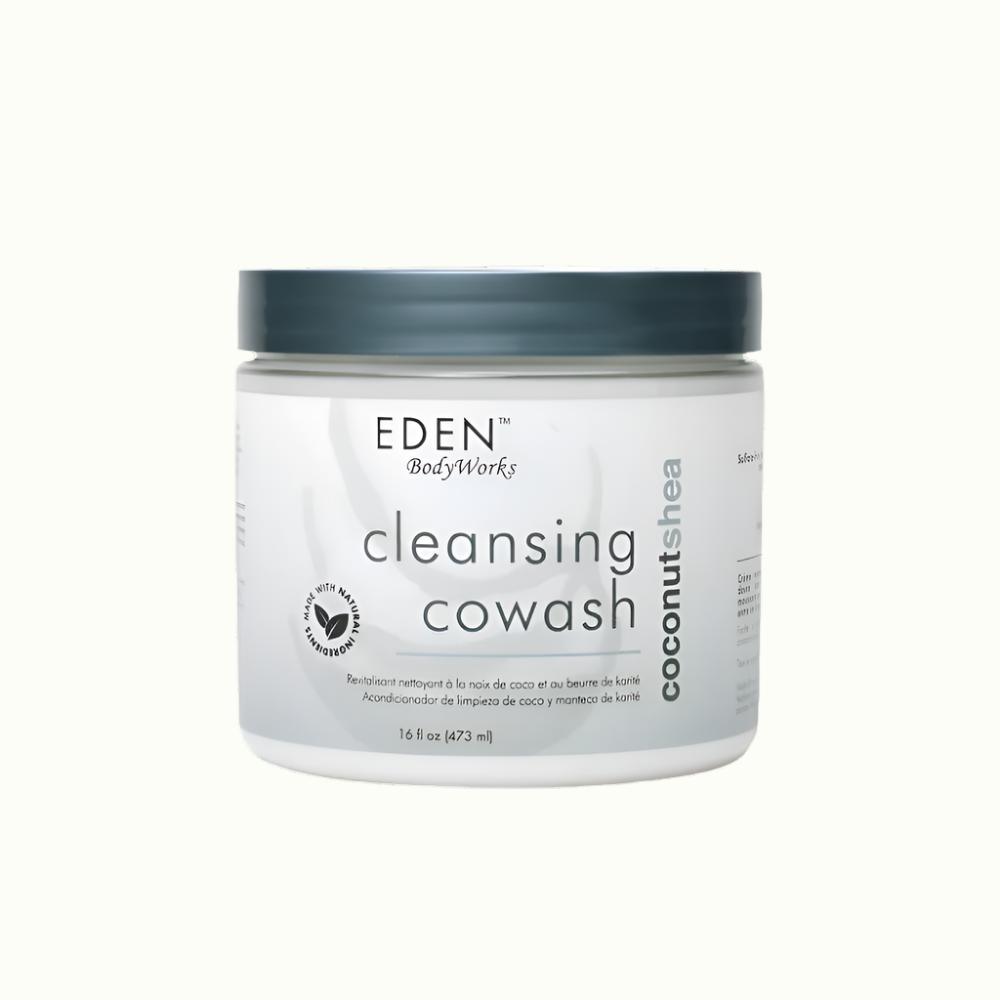Need help selecting the best products for your hair type? A good place to start is by determining your hair’s porosity level. Learning the porosity of your hair can be a major game changer for your routine and for your natural hair journey.
Now you might be asking, what is hair porosity?
Porosity deals with your hair’s ability to absorb and retain moisture, which is largely based on the structure of the outermost layer of hair, known as the cuticle. There are three types of porosity: low, medium and high. The type of porosity your hair has will affect how easily oil and moisture pass through it, and your hair’s ability to hold on to that moisture.
Why is it important to know your hair porosity?
Learning your porosity will help you to better manage and treat your tresses. It can also help in deciding which products will respond best to your hair, based on the ingredients.
How do you learn what porosity type you have?
Well, it’s actually quite simple. First, you’ll need to wash your hair to remove any dirt and/or product that has built up on the surface. Then, you’ll want to fill a glass or clear bowl with water. After, take a strand of clean, dry hair and place it in the water. Leave the strand of hair in the water for about 3-5 minutes. Now, check for the results!

Photo credit: AZ Hair
The location of your strand will determine which kind of porosity you have.
Low porosity hair
If you have low porosity hair, then your strand of hair will float on top of the water. This means that it takes much longer for the strand to absorb moisture because the cuticles are so tightly bound. It also means that it will take your hair a longer time to air dry.
Medium porosity hair
If you have medium porosity hair, then your strand of hair will float somewhere in the middle, taking its time to sink towards the bottom of the glass. Medium porosity is also known as “normal” porosity because it doesn’t experience any trouble retaining moisture or air drying in a moderate amount of time.
High porosity hair
If you have high porosity hair, then your strand of hair will sink towards the bottom of the glass. This means that water and moisturizing products can easily be absorbed into the strand because the cuticles have gaps and holes. High porosity hair, however, tends to break easily and air dries very quickly.
Which EDEN products/collections work best with each porosity type and why?
Low porosity hair
The key to caring for low porosity hair is to open the cuticles and provide deep moisture to the hair shaft. Products containing protein often have difficulty penetrating the cuticle, so it’s best to avoid them. Instead, use protein-free products, like our deep conditioning Lavender Aloe Anti-Breakage Deep Conditioner, because it is much easier for the hair to absorb and it’s designed to repair the strand while delivering moisture deeply into the hair shaft. Using a steamer when deep conditioning can be very beneficial because it helps open up the cuticles to allow in more moisture.
High porosity hair
For those with high porosity hair, it’s best to use products that help lay down the scales of the cuticle to shrink the gaps that allow moisture to escape. Moisture retention is the key to length retention and healthy hair. Opt for products with ingredients like butters and oils; these will aid in locking the moisture into your hair. Shea Butter is a good sealant for high porosity hair so selecting an item from our Coconut Shea collection, would work well for keeping your hair hydrated. To help with retaining moisture, adding a leave-in conditioner and sealant to your regimen is highly recommended.
It’s also best to reduce your usage of heat overall, because heat tools have a tendency to increase porosity. If eliminating heat is not an option, be sure to use heat protectant products when you do use it, as these create a barrier between your hair and the direct heat, limiting the amount of potential damage.
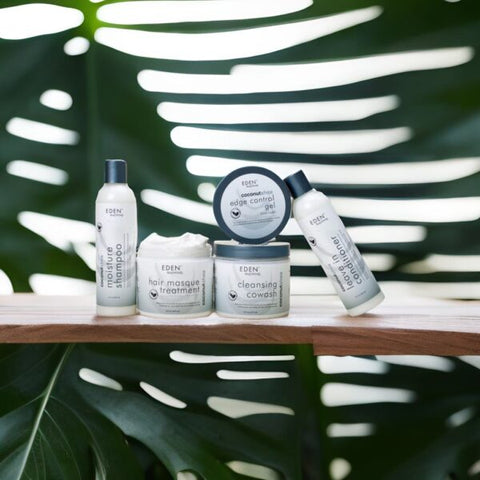
Which styling method is best for your porosity?
It is recommended that you use the LCO method if you have low porosity. The LCO method is liquid or watery leave-in, cream, and then oil. It’s best to use light liquids and cream in your hair routine to avoid product buildup.
For high porosity, it is recommended to use the LOC method. If you choose to use a leave-in, then selecting one that is creamy is preferable. You should also be careful not to use too many heavy creams because it can weigh down the hair overall.

It is important to think about other factors along with porosity type when selecting one of EDEN’s products to add to your regimen. Factors like the density of your hair, protein sensitivity, and your regular hair regimen will also need to be considered. If you have any questions, don’t hesitate to reach out to us with any questions.





